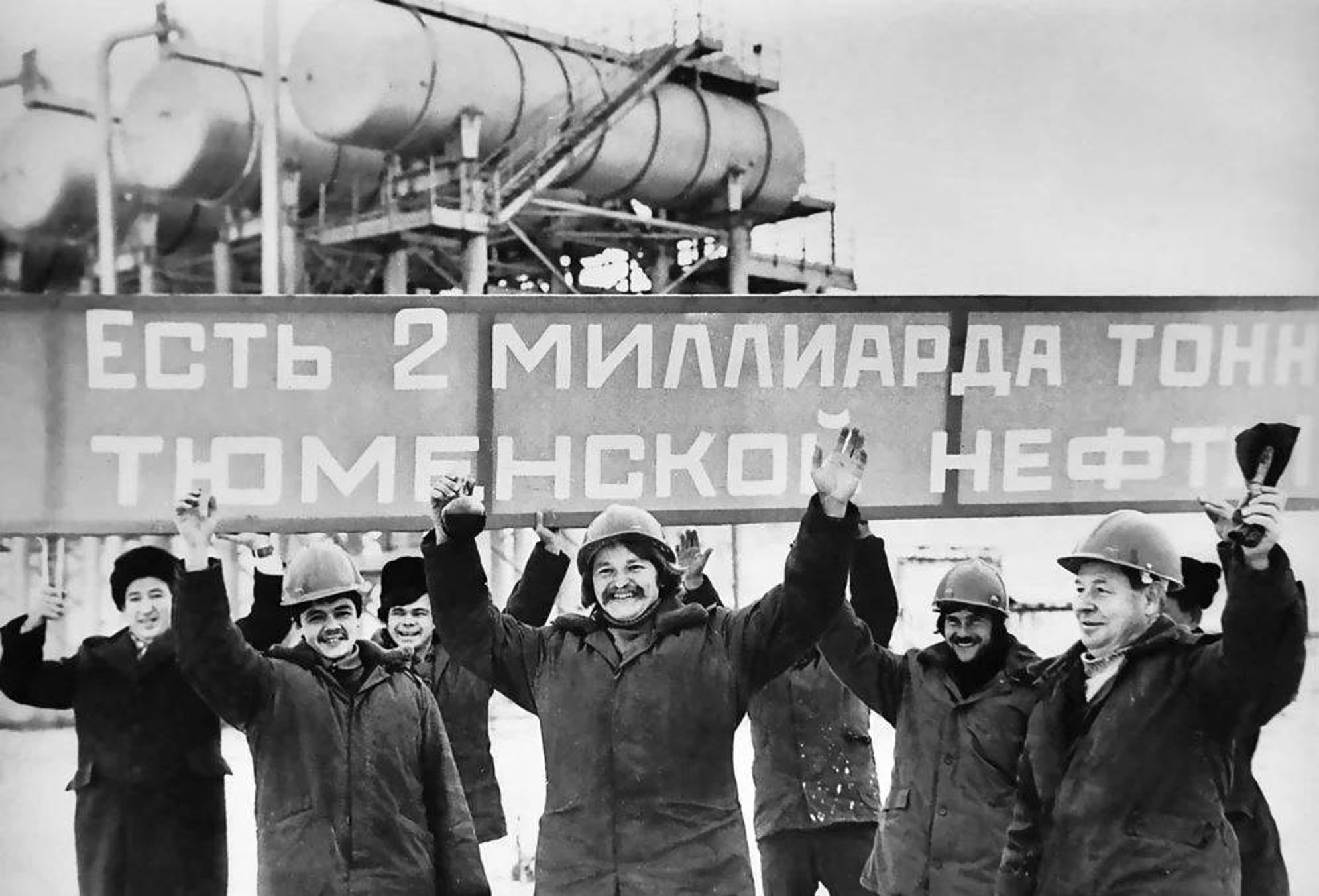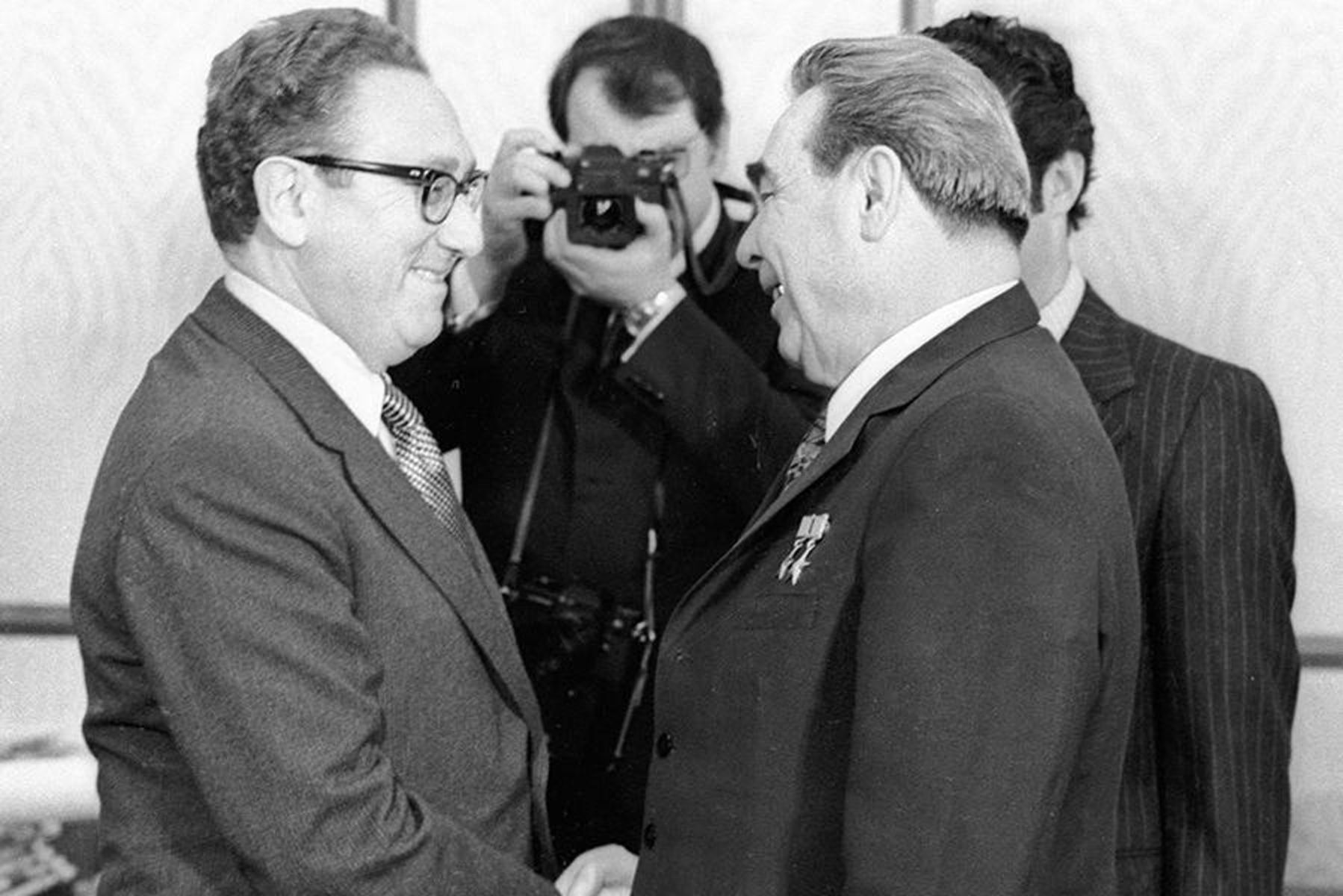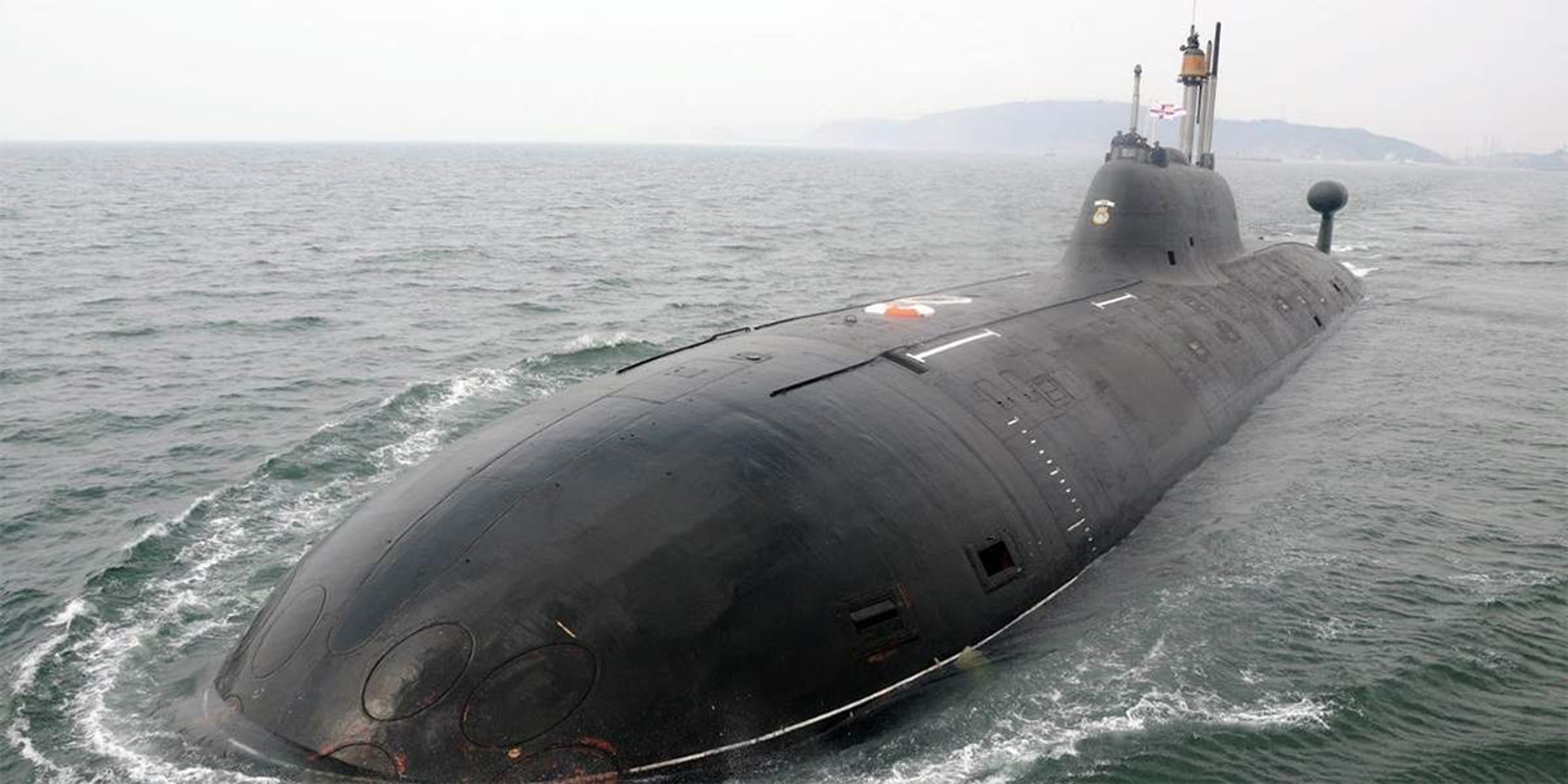On July 14, U.S. President Donald Trump announced a new package of “tough sanctions” against Russia. The measures are intended to cut off access to Western technologies, shut down circumvention routes through third countries, and deal a blow to Moscow’s military and industrial capabilities.
But this isn’t the first time such efforts have been made. During the Cold War, the Soviet Union developed sophisticated methods for bypassing export controls—using forgeries, industrial espionage, shadow shipments, and the involvement of companies from Austria, Norway, and Japan.
This article examines how those systems worked—and why even the harshest restrictions failed to stop the flow of technology into the Soviet military-industrial complex.
By the early 1970s, both the Soviet Union and the United States were facing serious economic challenges. The USSR had entered an era of stagnation: economic reforms had failed, the technological gap with the West was widening, and growth was slowing. The discovery of vast oil reserves in Siberia offered a lifeline. Following the 1973 energy crisis, oil prices surged, and energy exports brought in much-needed hard currency—keeping the Soviet economy afloat.
For the United States, the oil crisis had the opposite effect. By 1973, the country had entered a deep recession—its most severe since World War II. Over the next two years, the U.S. economy experienced stagflation, an unusual combination of high inflation and rising unemployment. One key factor was the enormous cost of the Vietnam War, which had dragged on since 1965 and, by the new decade, had become a grinding campaign with no clear end in sight.

Oil workers at a Soviet facility.
Both superpowers needed a reprieve. In Washington, officials began shaping a policy of international détente—French for “easing of tensions.” The goal was to soften relations with Moscow to gain room for maneuver elsewhere. For the U.S., the primary focus was Vietnam: finding a way out of the war with minimal cost required Moscow’s involvement. The Soviet Union was a key backer of North Vietnam, supplying weapons and military advisers.
Gradually, a consensus emerged in Washington that a kind of “Vietnam deal” with the Soviet Union was necessary—and that it would require direct talks. The architect of this new approach was President Nixon’s National Security Advisor, Henry Kissinger. His strategy was marked by cold pragmatism: he sought to identify points of mutual interest with Moscow that could be used to ease tensions and achieve shared goals.
Kissinger was under no illusion that the USSR had abandoned its expansionist ambitions. He viewed détente in dual terms: as a way to reduce global tensions—and simultaneously as a continuation of the containment strategy. Initially, the emphasis was on conflict de-escalation. Even under Nixon’s predecessor, Lyndon Johnson, the U.S. had begun taking steps toward Moscow: Washington’s response to the Soviet invasion of Czechoslovakia in 1968 was limited to a formal condemnation with no concrete follow-up.

Henry Kissinger and Leonid Brezhnev.
In the USSR, however, détente was seen through a very different lens. According to Marxist-Leninist ideology, any thaw in relations with the West was not a path to compromise but rather a sign of weakening “imperialist forces”—an opportunity to be exploited for the benefit of the socialist bloc. Leonid Brezhnev openly stated at party congresses that peaceful coexistence with the West was itself a form of ideological struggle between socialism and capitalism—a line he maintained even during the closest periods of cooperation with the U.S.
Kissinger, who served both as national security advisor and as a secret envoy to the Soviet leadership, became the architect of the first-ever summit between an American president and a Soviet leader. In 1972, Nixon traveled to Moscow, where he and Brezhnev declared that nuclear war must never be fought and signed the Strategic Arms Limitation Treaty (SALT I). Vietnam was also discussed unofficially: the U.S. hoped the Soviet Union would pressure its allies in North Vietnam to halt military operations and withdraw their forces.
Yet behind the façade of diplomatic thaw, the Soviet Union continued expanding its military capabilities. Under the cover of détente, it built a vast shadow import network: using front companies, the USSR acquired cutting-edge Western technologies—including dual-use goods and specialized equipment—which were then funneled into its defense industry.
The Western export control system—a complex web of restrictions comparable in severity to today’s sanctions against Russia—proved vulnerable. Soviet entities were able to circumvent it systematically, leading to a series of scandals and significant damage to the defense capabilities of NATO countries.
"Helping to Weaken Russia"

Russia Circumvents Sanctions to Import Austrian Machinery Suitable for Forging Howitzer Barrels

Court in The Hague Lifts Freeze on Gazprom’s Assets in the Netherlands
Ukrainian Claims Rejected Over 'Sovereign Immunity' Principle

Russian Federation Council Speaker Valentina Matviyenko, Under EU Sanctions, Arrives in Geneva for a Parliamentary Conference
For the First Time Since the War Began, Sanctioned Russian Delegates Have Traveled to Europe

Britain Condemns Russia’s War Against Ukraine but Buys Gas From TotalEnergies, Which Exports It From Russia
Politico Found the Company Supplies the Prime Minister’s Residence and Dozens of Government Buildings
How the USSR Bypassed Western Export Controls
In 1949, amid rising tensions with the Soviet Union, Western countries established the Coordinating Committee for Multilateral Export Controls—CoCom. Its mission was to prevent advanced technologies from reaching the USSR and other socialist bloc states. At its peak, CoCom included 17 member states bound by an informal agreement to block the export of certain equipment, software, and materials to the Soviet Union.
The United States played a leading role in CoCom’s operations. However, during the détente years, some member states began to view export controls less rigidly. This created wide openings for evading the embargo—particularly through countries with more flexible enforcement practices.
According to the CIA, a wide network of KGB and GRU operatives was active across the United States and Europe during this period. Using front companies, they organized the purchase of advanced equipment—ranging from dual-use technologies to components for nuclear and military industries.
Some of these operations became public. In 1983, customs officers in Hamburg intercepted a shipment containing 50 tons of components for a cutting-edge American computer capable of missile system control. Ten days later, another 100-ton shipment was stopped in Helsingborg, Sweden. Though formally destined for a private firm in South Africa, the equipment had been acquired legally. A subsequent investigation revealed the involvement of a KGB agent. Still, questions remained: how had the intelligence service bypassed licensing procedures and accessed such sensitive hardware?
One of the main hubs for covert re-export was neutral Austria. Though a nominal member of CoCom, Vienna maintained a flexible approach: export control was largely a formality, and many Austrian firms insisted they "did not mix business with politics." According to Western intelligence, computers, processors, CNC machines, and other vital equipment flowed into the USSR via Austria—technology critical for modernizing Soviet military production, including precision machining of missile and aircraft components.
The scheme worked as follows: frontmen would register shell companies in Austria, Yugoslavia, or other neutral countries. These entities legally purchased products from IBM, HP, Siemens, and other Western manufacturers, ostensibly for servicing or research. In reality, the equipment was rerouted to East Germany, Poland, and sometimes directly to the USSR. In Austria alone, about a hundred such entities were reportedly active.
Over time, Washington’s patience wore thin. Under U.S. pressure, Austria was forced to tighten its export controls—though loopholes remained. The Heritage Foundation, a prominent American think tank, publicly accused Vienna of enabling industrial espionage.
By the end of the détente era, it had become clear that the CoCom mechanism was deeply compromised. Investigations revealed that between the 1970s and 1980s, about 70% of Western technologies with military potential that reached the USSR came through covert channels—only a third was acquired via legal, open routes.
The scandal that brought this issue to a head was the Toshiba–Kongsberg affair. For the first time, not neutral countries but CoCom members themselves—Japan and Norway—were implicated. The incident starkly demonstrated that even within a system designed to restrict sensitive exports, dangerous loopholes remained—ones that could significantly shift the balance of power during the Cold War.
Toshiba and Kongsberg Breached the Embargo, Helping the Soviet Navy
In the 1970s, Soviet spy John Walker informed the KGB that American submarines could easily track Soviet nuclear subs. Alarmed by this revelation, Moscow launched a program to develop quieter, more elusive submarines. But the project required highly precise CNC (computer numerical control) machines—equipment that only Western companies could supply.
The key suppliers were Japan’s Toshiba Machine, which manufactured the CNC tools, and Norway’s Kongsberg Vaapenfabrikk, which produced the controllers that operated them. Despite the export embargo, both companies agreed to ship the equipment to the USSR. Not only were they aware of the destination, but they also knowingly falsified documents to conceal it. To bypass export controls, paperwork listed a civilian plant as the end user, and the transaction was funneled through a front company.
The equipment successfully passed through Hamburg and Vienna before being delivered to Riga and Leningrad, and from there to classified defense facilities. The result: Soviet nuclear submarines were fitted with new, quieter propellers, allowing them to slip past American sonar detection. A critical strategic advantage of the U.S. Navy had been neutralized.
In 1987, the operation came to light, sparking a major international scandal. For the first time, companies of such stature had been caught supplying highly sensitive equipment to the Soviet defense sector. According to U.S. estimates, the damage amounted to at least $10 billion—some reports cited figures as high as $30 billion. Toshiba and Kongsberg, meanwhile, made a relatively modest profit of $17 million and $10 million respectively.

Soviet submarine equipped with Japanese technology.
Washington accused Japan of undermining NATO’s collective security and threatened a full ban on Toshiba imports. In response, the Japanese government imposed the maximum legal fine of $100 million on the company and banned exports of any products to the Eastern Bloc for a year. Still, the diplomatic fallout between the U.S. and Japan was both deep and prolonged.
Norway’s reputation also suffered, as its government failed to oversee the activities of a state-owned enterprise. As a result, Kongsberg underwent a major restructuring: the company was split up, with large portions privatized. The state retained control only over its military division.
But the most alarming revelation came from the Norwegian investigation: it found that illegal transfers of sanctioned equipment to the USSR had been ongoing since the mid-1970s—not just by Japanese, but also by European firms. Some of those involved in document forgery were identified and held accountable, but the full network remained elusive. This was largely due to the high level of operational secrecy maintained by the KGB through its scientific and technical intelligence branch, known as Line X, which the CIA considered one of the most skilled and covert divisions of the Soviet foreign intelligence apparatus.
A Vast Spy Network and the Vetrof Betrayal
During the Cold War, a vast Soviet spy network operated across Europe and the U.S., focusing on industrial espionage. Under diplomatic cover, the KGB and GRU deployed officers posing as military attachés and technical staff at embassies. Their assignments included not only illicit equipment procurement, but also collecting open-source technical data—subscribing to scientific journals, patent bulletins, attending trade shows and conferences, and gathering everything from academic posters to promotional brochures.
A key part of their work was reverse engineering: Soviet specialists dismantled acquired equipment down to individual screws, recreated blueprints and schematics, and reproduced the technology domestically. Classic espionage tactics also played a major role—recruiting scientists, engineers, and employees of Western firms through bribery, blackmail, or ideological persuasion.
Yet Soviet intelligence was not invincible. One of its most devastating setbacks came with the defection of Colonel Vladimir Vetrov, an officer in scientific and technical intelligence who served under diplomatic cover in France and Canada. Fluent in French and socially adept, Vetrov was well-integrated into Western circles, easily forging valuable connections.
One of Vetrov’s key contacts was Jacques Prévost, a trade representative linked to French counterintelligence. Through him, Vetrov established a connection with the DST (France’s domestic intelligence service) and began systematically passing on classified information.
His motives remain debated. Some believe he had become disillusioned with Soviet ideology, though personal grievances also played a role: during his overseas assignments, he was repeatedly involved in misconduct—detained by Canadian police, caught driving a government vehicle while intoxicated in France. Although these incidents were hushed up, his superiors deemed him unreliable and recalled him to Moscow, stripping him of foreign postings. Instead of career advancement, Vetrov was assigned a desk job with access to the extensive internal archives of Line X—the very unit coordinating Soviet tech espionage.
These archives were precisely what he passed to the French. In total, Vetrov provided around 4,000 classified documents, including smuggling blueprints, internal reports, and the identities of more than 200 undercover agents operating in the West. The impact was on par with the later espionage leaks by Aldrich Ames or Robert Hanssen.

Colonel Vladimir Vetrov.
Vetrov’s story ended in tragedy. He was not initially arrested for espionage, but for a domestic incident—he stabbed his lover, herself a KGB officer. During the investigation, his ties to French intelligence came to light. He was convicted of treason and swiftly executed.
The blow to Line X was devastating: dozens of agents were exposed, networks dismantled, supply chains cut off. Yet the system survived. Despite the setback, the KGB’s scientific and technical intelligence division adapted and continued its operations—leaving a trace that would last until the USSR's final days.
The CIA’s Countermove: Sabotage, Sanctions, and a Cybertrap for the USSR
As a gesture of goodwill, the French authorities handed over Vetrov’s files to U.S. President Ronald Reagan. Shocked by the scale of the Soviet spy network, Reagan instructed the CIA to conduct an urgent review. One of those brought in was Gus Weiss, a policy adviser on technology, intelligence, and economic affairs, whose previous warnings about Soviet industrial espionage had been dismissed as far-fetched. Weiss had long argued that the USSR’s theft of Western technology was systematic and persistent. Among other things, he had described how KGB agents would attach adhesive strips to their shoes during factory tours to collect microscopic material samples.
While reviewing Vetrov’s documents, Weiss identified a list of technologies the USSR was particularly desperate to acquire. He proposed a deception campaign: the CIA would allow flawed or deliberately falsified technology to be funneled through covert channels. Even if the deception was discovered, the Soviets would still waste valuable time and resources testing and verifying the defective systems—slowing down their defense and industrial projects.
In parallel, President Reagan tasked the National Security Council with developing a comprehensive pressure strategy targeting the Soviet economy. A top priority became the Siberian gas pipeline under construction, which was expected to connect to the European network and supply fuel to France, West Germany, and Italy. The project was valued at $30 billion in annual revenue—a critical source of hard currency for the Soviet budget.
To operate the pipeline, Soviet engineers needed specialized software to control gas valves. Since U.S. companies were officially barred from exporting such products, agents from Line X turned to back channels—and eventually acquired the software from a Canadian firm. What they didn’t know: it was a trap. The CIA had embedded malicious code into the program.
For months, the system functioned normally, raising no red flags. But then, the program began subtly and gradually increasing pressure within the pipelines. The result was a massive explosion, detected by U.S. satellites. NORAD initially mistook the blast for a nuclear detonation.
The operation is considered one of the most successful acts of cyber sabotage in history, delivering a serious blow to Soviet energy infrastructure. The USSR never acknowledged the incident, and years later, a former KGB officer dismissed the sabotage theory as “nonsense,” attributing the failure to negligence.
The precise moment Line X was dismantled is unclear. By the late 1980s, the unit was losing relevance: as industrial espionage proved increasingly ineffective in a rapidly changing world, its mission became outdated. Instead of investing in original R&D, the USSR leaned heavily on copying foreign technologies—an approach that yielded short-term gains but resulted in long-term dependency. This inertia—a reliance on imitation rather than innovation—would later contribute to the deep import dependence of post-Soviet Russia.
The era of détente officially ended with the Soviet invasion of Afghanistan in 1979. This time, the U.S. response went beyond diplomatic condemnation: Washington imposed economic measures, including an embargo and strict technological restrictions. But much of the damage had already been done—a decade of largely unchecked espionage under the guise of political thaw had granted the Soviet Union access to critical Western technologies.
Henry Kissinger would later admit in his memoirs that the push for détente was driven not only by geopolitical challenges but also by domestic turmoil—the protracted Vietnam War and the Watergate scandal. Still, as the decade made clear, failing to account for the USSR’s expansionist nature in U.S. foreign policy calculations proved to be a strategic mistake.
